Sweden is not one of the countries that springs to mind when you think of manufactures of pocket watches and movements. Until recently, I had never heard of it either. Here we take a look at a chapter in watch history that is as exciting as it is exotic.
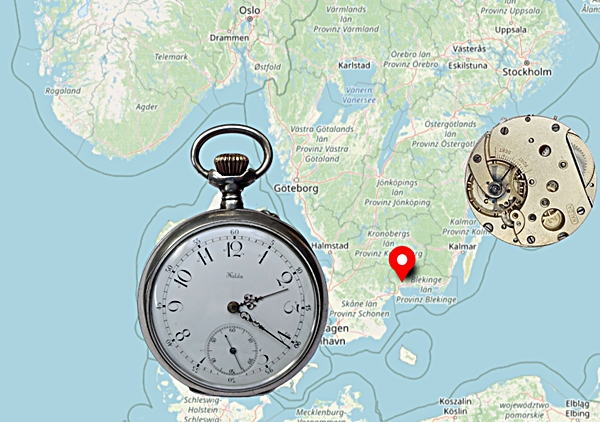

In the first part of this article, we take a look at the history of the Halda company; the second part will be about their movements.
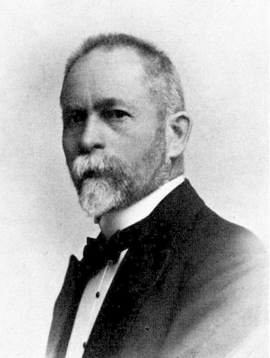
Henning Hammarlund, a Swede born in 1857, showed a talent for technology at an early age. He is said to have made a clock out of wood as a teenager. At the age of 16, he began his professional career in a mechanical workshop in Helsingborg. As early as 1874, however, he decided to do an apprenticeship as a clockmaker. After his apprenticeship, he worked as a journeyman in Lund and Kristianstad, among other places. This was followed by a year as a student in Stockholm before he spent seven years travelling through Germany, Russia, Poland, Switzerland, France, England and America to refine his knowledge of watchmaking. Among other things, he studied in Switzerland at the renowned watchmaking school in Geneva.
In 1887, after his return to Sweden, Hammarlund founded the Halda fickurfabrik (pocket watch factory) in Svängsta. The company name was derived from the name Hammerlund(a).
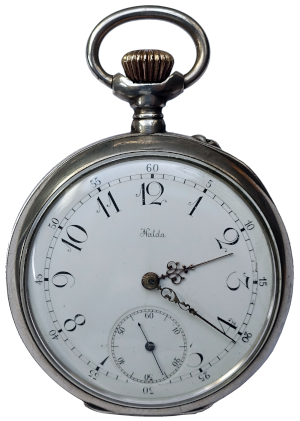
The early days of the new company must have been quite difficult. Financial resources were scarce and the staff initially consisted of only one foreman, two watchmakers and three apprentices in addition to Hammerlund. Their initial task was to manufacture and set up tools and machines for the production of watches. The first watches were finally produced and presented in 1889. They were equipped with high-quality, self-developed and produced movements with a Swiss lever escapement. Halda never used the simpler cylinder escapement, which was still widely used at the time and had significantly poorer rate values.
In 1890, the Halda Fickurfabrik was transformed into a public limited company, whose founders included Hammarlund and four financial backers. This enabled the purchase of a steam engine as one of the first major investments.
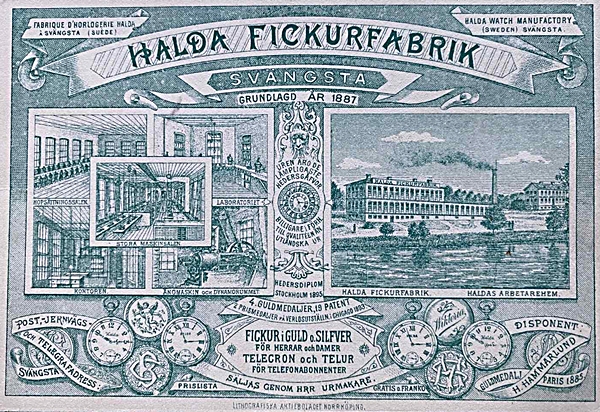
The company grew very quickly, so that by 1897 it already had more than 50 employees. Halda received a whole series of awards for pocket watches, including two medals at the World Exhibition in Chicago in 1893, a diploma of honour at the Industrial Exhibition in Stockholm in 1895, a gold medal at the Industrial Exhibition in Malmö in 1896 and a gold medal in Stockholm in 1897.
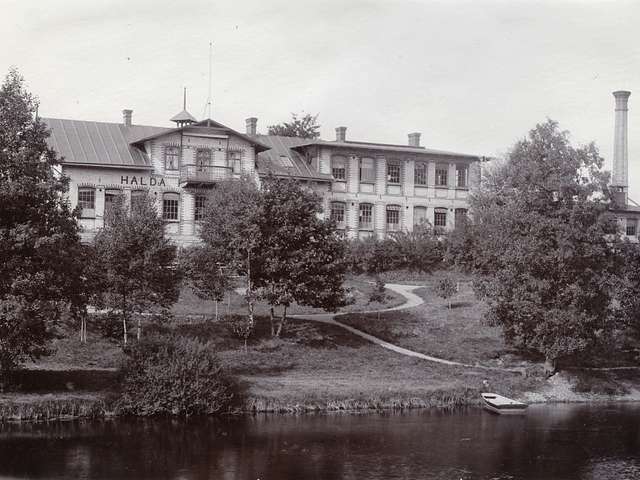
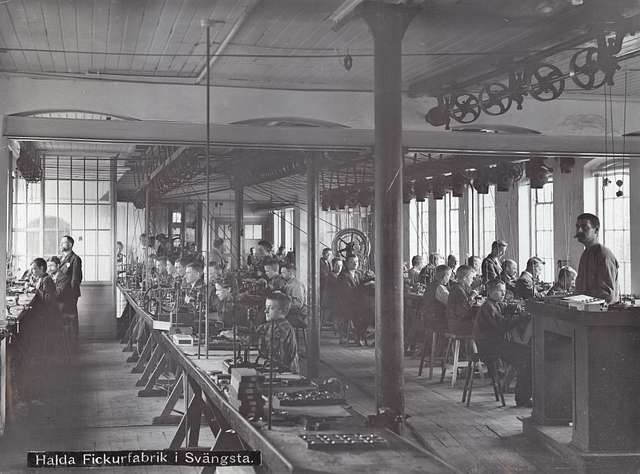
The pocket watch business was not profitable enough to keep the company in business in the long term. Therefore, typewriters, taximeters, telephone timers (Telur) and a device called Telecron were soon also produced. Telecron could automatically announce a time on telephones when the called party was absent, so that this person could be reached again. Hammarlund was also active as an author and published Urens Historia (History of Clocks) in 1904.
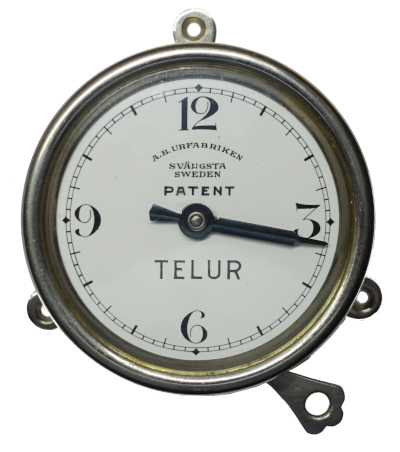
At least the typewriters and taximeters were quite successful. For some time, the taximeters were the only devices approved for cabs in London. In 1907, the company had around 70 employees, three quarters of whom were involved in the production of taximeters.
Halda typewriters can still often be found in antique shops today. Telur taximeters can also be found from time to time, but I have not yet been able to find a picture of a genuine Telecron.
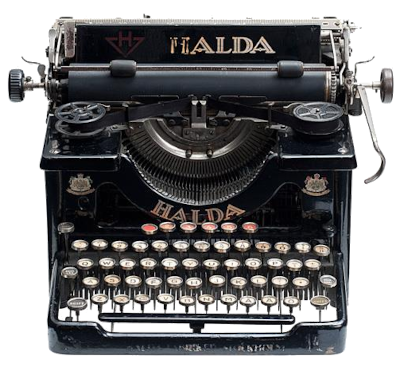
The First World War led to a sharp fall in prices for pocket watches. In 1917, the company ran into financial difficulties and the banks refused to grant loans for the necessary investments. The production of watches was gradually discontinued and Hammarlund left the company in November 1918. The company was finally dissolved in 1920. Henning Hammarlund died in 1922, living alone, embittered and in poor health. What a fate for a man who had achieved such great things!
The manufacture of typewriters and taximeters was continued after the end of the Halda Fickurfabrik in two new companies, AB Halda Fabriker and Fabriks AB Haldataxametern.
The manufacture of pocket watches was also continued. The watchmaker Carl Borgström, who had been employed at the Halda Fickursfabrik from 1904, bought the remaining stock of watch parts and some machines and managed AB Urfabriken (ABU). This probably manufactured pocket watches until 1926 and later fishing equipment, among other things. The production of Telur telephone timers was also continued there. However, I have not yet been able to find a pocket watch whose origin can be traced back to AB Urfabriken.
Let’s come back to Henning Hammarlund. He applied for a whole series of patents, such as the Swedish patent SE1172 from 1887 with the title Anordningar vid fickur (Devices on pocket watches).
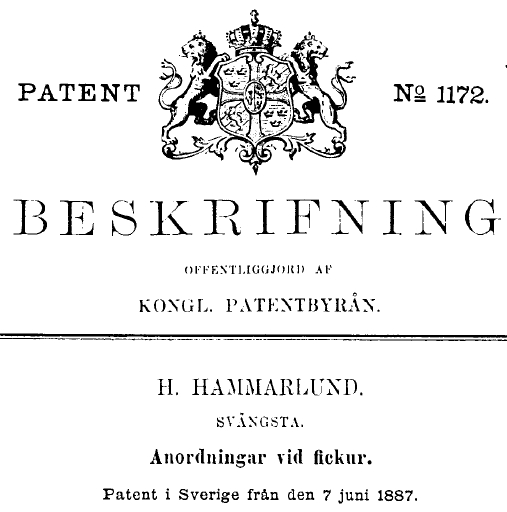
In it, Hammarlund describes, among other things, a fine adjustment for the regulator of the balance cock, which allows the adjustment to be made from the outside of the dust cover of the pocket watch:
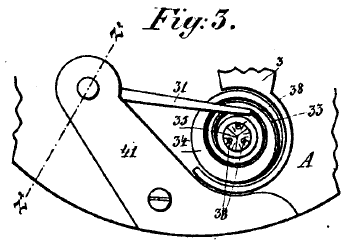
This is what its implementation looks like in the higher-quality movements from Halda:
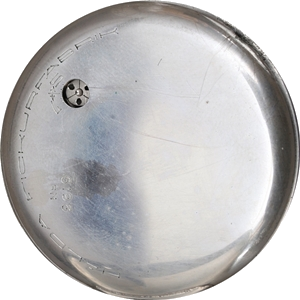
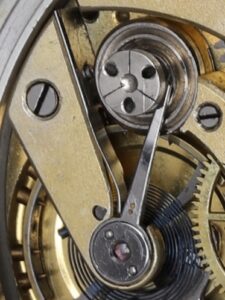
The Swiss patent CH2889 of 1890 entitled Montre perfectionnée (improved watch) also contained various optimizations for pocket watch movements.

Hammarlund also made his mark in the Swiss Official Gazette of Commerce with the registration of so-called models, which describe the design of movements and other watch parts.
In 1895, he registered models no. 798 to 801 for four movements under the number 2681. Each submitter could assign the model numbers themselves. Why Hammarlund did not start with the number 1, but with 798, will probably remain a mystery. We will encounter the shape of these movements again in the second part of this article.

In 1897, Hammarlund registered the models 1059 to 1065 for dials, movements and movement parts under the number 4761.
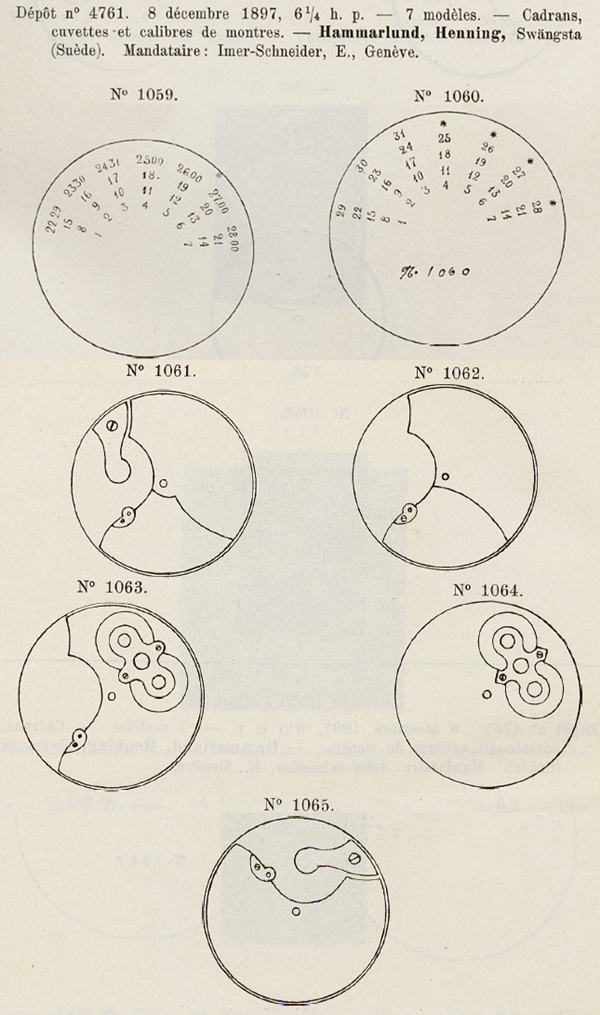
How many Halda pocket watches were actually built?
Unfortunately, the sources do not agree on this and original documents no longer seem to exist. In a book that I will present in the second part of this article, there is a list of the known serial numbers. It goes up to about number 24,500, but there are also some gaps in the numbering.
By the way, the watch with the number 0 was Henning Hammarlund’s personal watch.
The Halda name was finally reborn in 2009. Since then, wristwatches have been manufactured in Sweden under the name Halda Watch Co. Apart from the name, the new Halda Watch Co. has nothing to do with the historic Halda Fickurfabrik.
In the second part of this article, we will take a look at the movements developed by Halda Fickurfabrik in-house.
